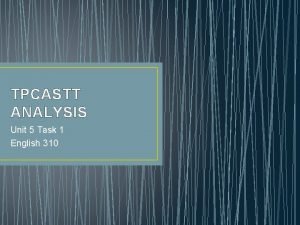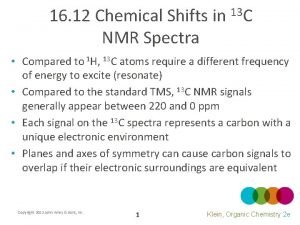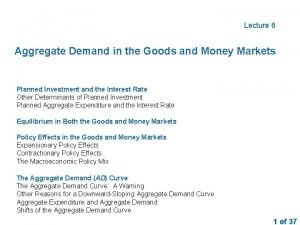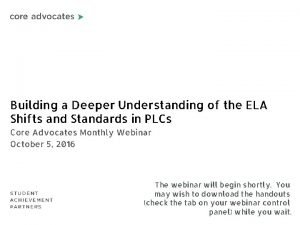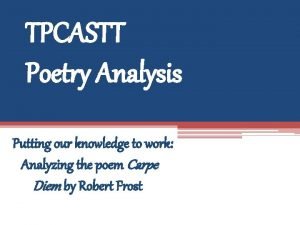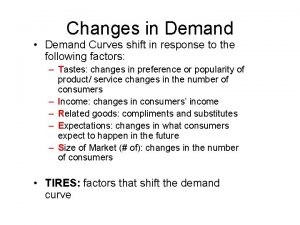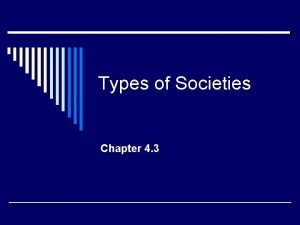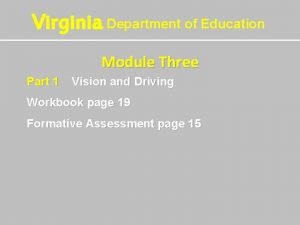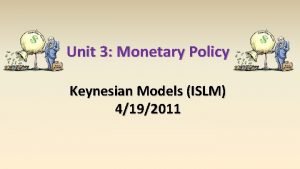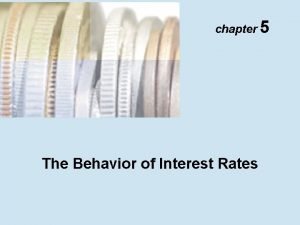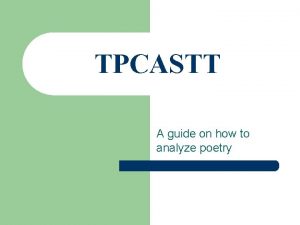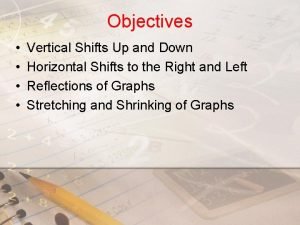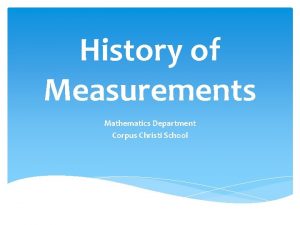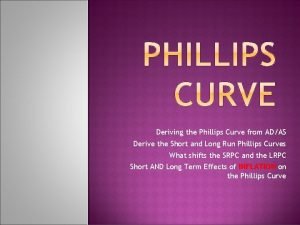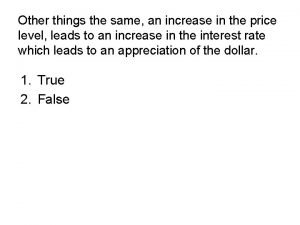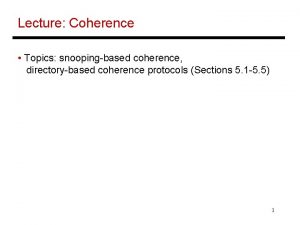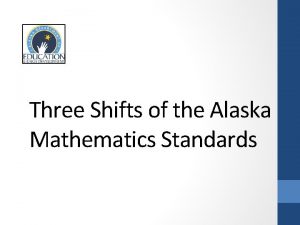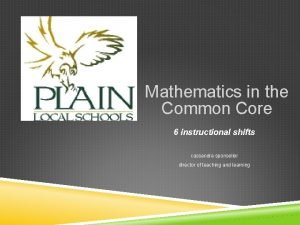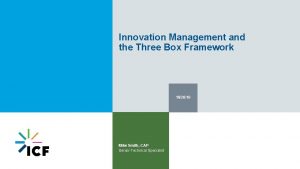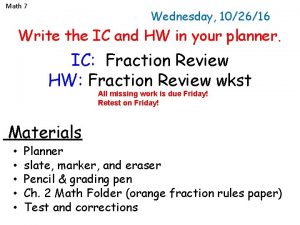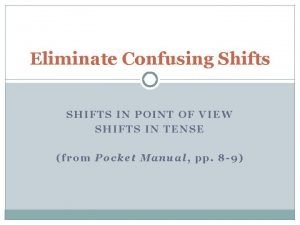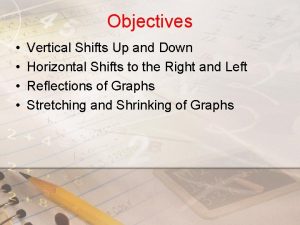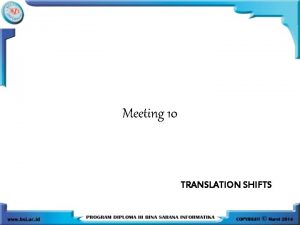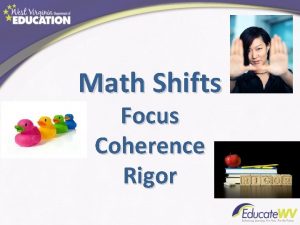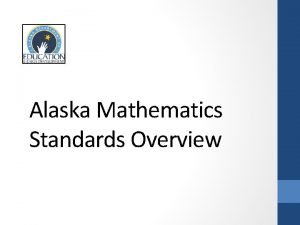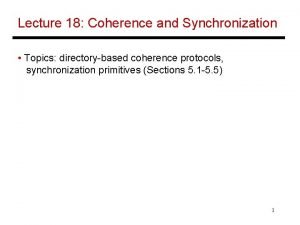102616 K2 Coherence in Mathematics Instructional Shifts MATHEMATICS





















- Slides: 21


10/26/16 K-2 Coherence in Mathematics

Instructional Shifts MATHEMATICS Focus: Greater focus on fewer topics Coherence: Think across grades, and link to major topics Rigor: In major topics, pursue conceptual understanding, procedural skill and fluency, and application Process Standards for Mathematics: Promote rigor through mathematical proficiencies that foster reasoning and understanding across discipline

Focus 4 2000 2014 2. 2. 2 Add two whole numbers less 2. CA. 4: Add and subtract within than 100 with and without regrouping. 1000, using models or drawings and strategies based on place value, 2. 2. 3 Subtract two whole numbers properties of operations, and/or the less than 100 without regrouping. relationship between addition and subtraction; describe the strategy and explain the reasoning used. Understand that in adding or subtracting three-digit numbers, one adds or subtracts hundreds and hundreds, tens and tens, ones and ones, and that sometimes it is necessary to compose or decompose tens or hundreds.

Instructional Shifts MATHEMATICS Focus: Greater focus on fewer topics Coherence: Think across grades, and link to major topics Rigor: In major topics, pursue conceptual understanding, procedural skill and fluency, and application Process Standards for Mathematics: Promote rigor through mathematical proficiencies that foster reasoning and understanding across discipline

Coherence 6 K. CA. 1: Use objects, drawings, mental images, sounds, etc. , to represent addition and subtraction within 10. 1. CA. 5: Add within 100, including adding a two-digit number and a one -digit number, and adding a two-digit number and a multiple of 10, using models or drawings and strategies based on place value, properties of operations, and/or the relationship between addition and subtraction; describe the strategy and explain the reasoning used. Understand that in adding two-digit numbers, one adds tens and tens, ones and ones, and that sometimes it is necessary to compose a ten. 2. CA. 4: Add and subtract within 1000, using models or drawings and strategies … 3. C. 1: Add and subtract whole numbers fluently within 1000.

Shifts 7 MATHEMATICS Focus: Greater focus on fewer topics Coherence: Think across grades, and link to major topics Rigor: In major topics, pursue conceptual understanding, procedural skill and fluency, and application Process Standards for Mathematics: Promote rigor through mathematical proficiencies

Process Standards for Mathematics 1. Make sense of problems and persevere in solving them. 2. Reason abstractly and quantitatively. 3. Construct viable arguments and critique the reasoning of others. 4. Model with mathematics. 5. Use appropriate tools strategically. 6. Attend to precision. 7. Look for and make use of structure. 8. Look for and express regularity in repeated reasoning.

Instructional and Assessment Guidance

10

Making a Ten 11 8 + 5 2 3

Making a Ten 12 58 + 5 2 3 60 + 3

13 Flexibility with Numbers

Place Value 14 Use the base ten blocks to show the number 23. Can you show 23 in a different way? 1. NS. 6: Show equivalent forms of whole numbers as groups of tens and ones, and understand that the individual digits of a two - digit number represent amounts

Subtraction 15 1 13 23 – 15

Multi-digit Multiplication 16 Use your base ten blocks to show 1 x 14. then 2 x 14 then 9 x 14 Use your base ten blocks to show 23 x 14.

23 x 14 17 20 10 + + 10 x 20 = 200 4 4 x 20 = 80 3 10 x 3 = 30 4 x 3 = 12

Area Model revisited Multiply (2 x + 3) (x + 4)

Multiply (2 x + 3) (x + 4) 19 x x + 4 x 2 x 2 x + x 2 x 8 x 3 3 x 12

Questions? 20 Nick Meyer meyern@myips. org Kathy Jones jonesk@myips. org

 Tpcastt analysis
Tpcastt analysis Hydrohalogenation mechanism
Hydrohalogenation mechanism Module 29 featured worksheet the market for loanable funds
Module 29 featured worksheet the market for loanable funds Demand curve shifts
Demand curve shifts Ela shifts
Ela shifts Aggregate supply shifters
Aggregate supply shifters Tpcastt attitude examples
Tpcastt attitude examples Double shifts in demand and supply
Double shifts in demand and supply American hero by essex hemphill analysis
American hero by essex hemphill analysis Society where emphasis shifts from production
Society where emphasis shifts from production Lane position 1-4
Lane position 1-4 Type of poem
Type of poem Limits the impact of vehicle balance
Limits the impact of vehicle balance Broken window fallacy
Broken window fallacy What shifts money demand
What shifts money demand Shift in poems
Shift in poems Horizontal and vertical shifts
Horizontal and vertical shifts A reform movement that shifts from the use of customary
A reform movement that shifts from the use of customary Cultural shifts in a professional learning community
Cultural shifts in a professional learning community Short run phillips curve graph
Short run phillips curve graph Which of the following shifts aggregate demand to the left?
Which of the following shifts aggregate demand to the left? Tpcastt poetry analysis
Tpcastt poetry analysis
